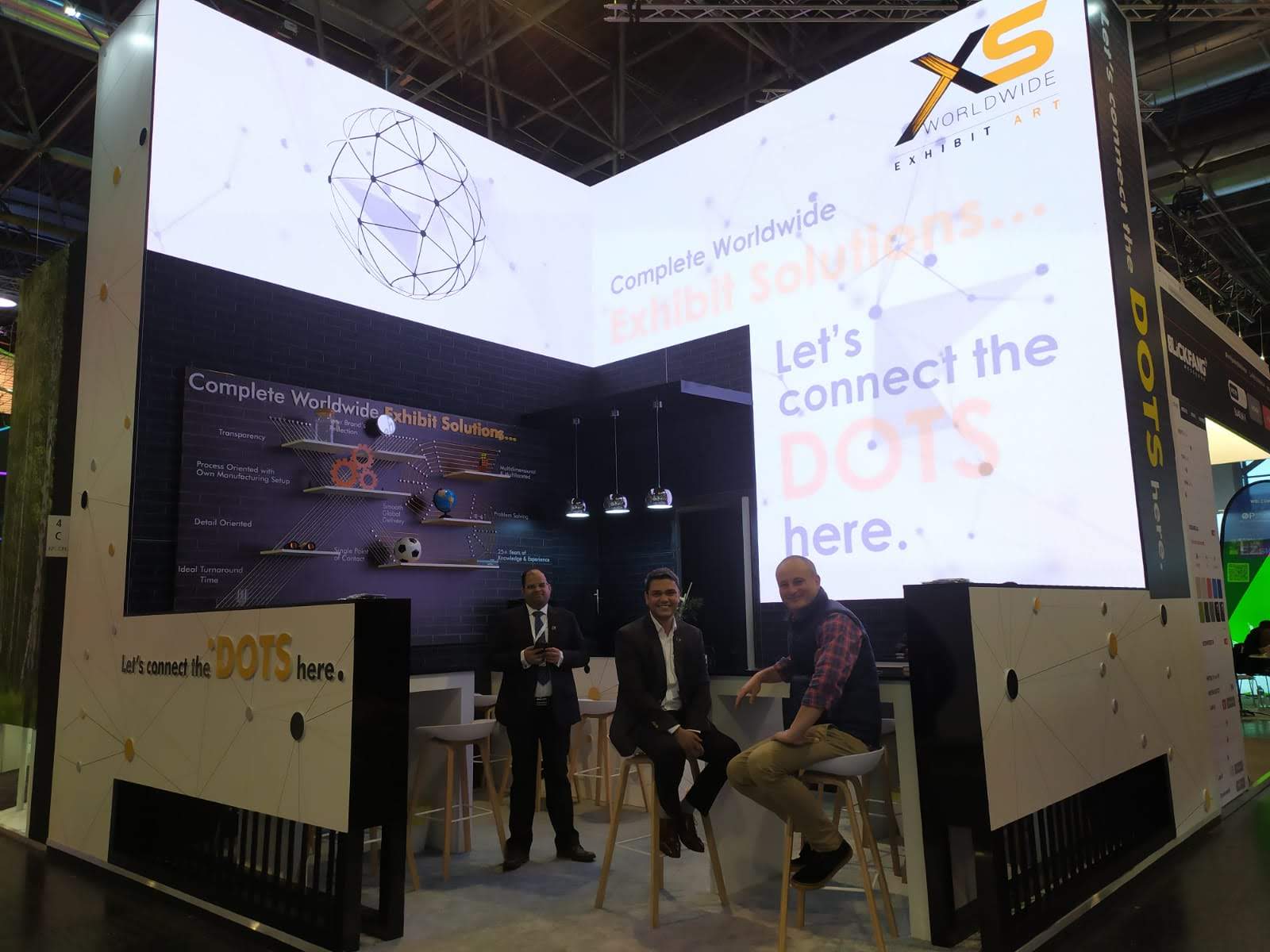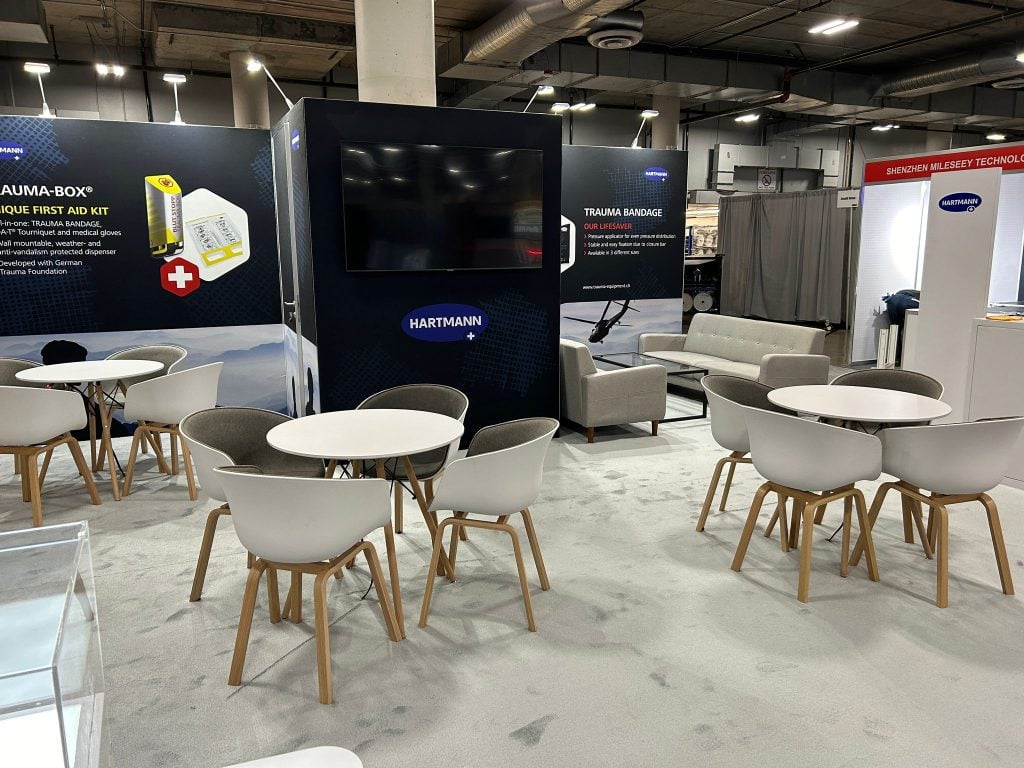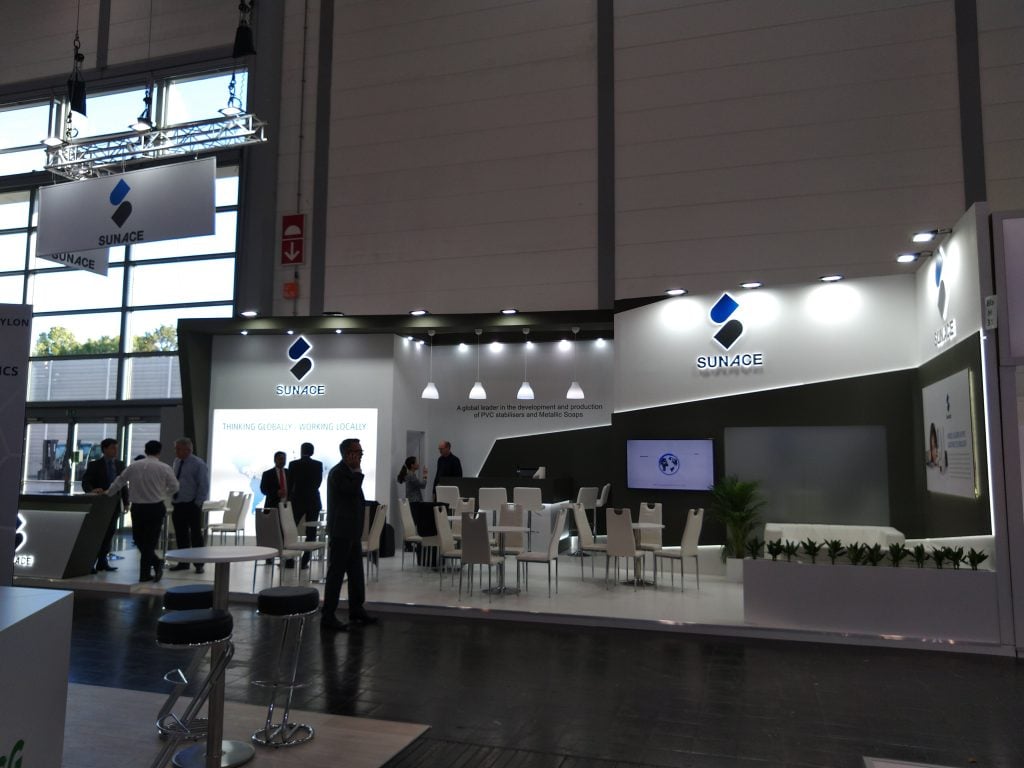
Introduction:
Experiential marketing has emerged as a powerful strategy for brands to engage with consumers on a deeper level, creating memorable experiences that drive brand loyalty and advocacy. However, measuring the impact and return on investment (ROI) of these campaigns can be challenging.
In this blog, we delve into the key metrics and strategies for analyzing the ROI of your experiential marketing efforts, providing insights into how turnkey booths, custom design exhibitions, and immersive stands can contribute to measurable success.
Understanding Experiential Marketing ROI:
Defining Success Metrics:
Before delving into ROI analysis, it’s essential to define the success metrics for your experiential marketing campaign. These metrics may vary depending on your campaign objectives but can include metrics such as brand awareness, engagement levels, lead generation, and sales conversions. By clearly defining these metrics upfront, you can establish a framework for measuring the success of your campaign and aligning it with your overall business goals.
Leveraging Data and Analytics:
Data and analytics play a crucial role in measuring the ROI of experiential marketing campaigns. By tracking key performance indicators (KPIs) such as foot traffic, attendee interactions, social media engagement, and sales revenue, you can gain valuable insights into the effectiveness of your campaign.
Utilizing tools such as event management software, CRM systems, and social media analytics platforms can help you collect and analyze data to measure the impact of your experiential marketing efforts.
Calculating Experiential Marketing ROI:
Determining Costs and Investments:
To calculate the ROI of your experiential marketing campaign, it’s essential to first determine the costs and investments associated with the campaign. This may include expenses such as booth rental fees, design and construction costs, staffing expenses, promotional materials, and technology investments. By accurately tracking these costs, you can establish a baseline for measuring the return on your investment.
Assessing Tangible and Intangible Benefits:
In addition to tangible metrics such as sales revenue and lead generation, it’s important to consider the intangible benefits of experiential marketing, such as brand perception, customer sentiment, and long-term brand loyalty. While these benefits may be more challenging to quantify, they play a critical role in driving overall ROI and should be included in your assessment of campaign success.
Optimizing Experiential Marketing Performance:
Iterating and Refining Strategies:
Once you have analyzed the ROI of your experiential marketing campaign, it’s essential to iterate and refine your strategies based on the insights gained. By identifying areas of strength and areas for improvement, you can optimize future campaigns for greater impact and ROI. This may involve refining your messaging, adjusting your booth design, targeting different audience segments, or exploring new experiential tactics.
Investing in Turnkey Booths and Custom Design Exhibitions:
Turnkey booths and custom design exhibitions can play a significant role in optimizing the performance of your experiential marketing campaigns. Turnkey booths offer a convenient and cost-effective solution for exhibitors, providing a ready-made framework that can be easily customized to suit specific branding requirements.
On the other hand, custom design exhibitions allow brands to create immersive and engaging experiences that reflect their unique identity and messaging. By investing in turnkey booths and custom design exhibitions, you can create memorable experiences that drive engagement and deliver measurable ROI.
Conclusion:
Measuring the ROI of experiential marketing campaigns is essential for assessing their effectiveness and optimizing future efforts. By defining success metrics, leveraging data and analytics, and calculating both tangible and intangible benefits, brands can gain valuable insights into the impact of their campaigns.
By iterating and refining strategies based on these insights and investing in turnkey booths and custom design exhibitions, brands can maximize the ROI of their experiential marketing efforts and drive long-term success.


 US
US
 EU
EU


